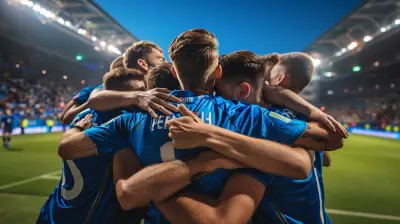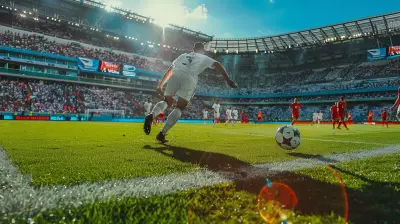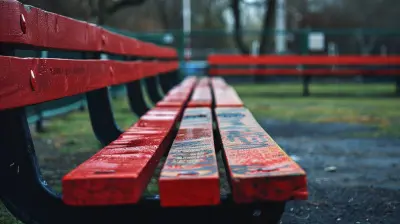The Business of Player Trades: How Contracts Are Handled
23 August 2025
Player trades are an essential part of professional sports, shaping teams, careers, and even entire leagues. But what really goes on behind the scenes when an athlete moves from one team to another? It’s not just about talent—contracts, salary caps, legal clauses, and financial implications all play a crucial role.
In this deep dive, we’ll break down how contracts are handled during player trades and why it’s not as simple as swapping jerseys. 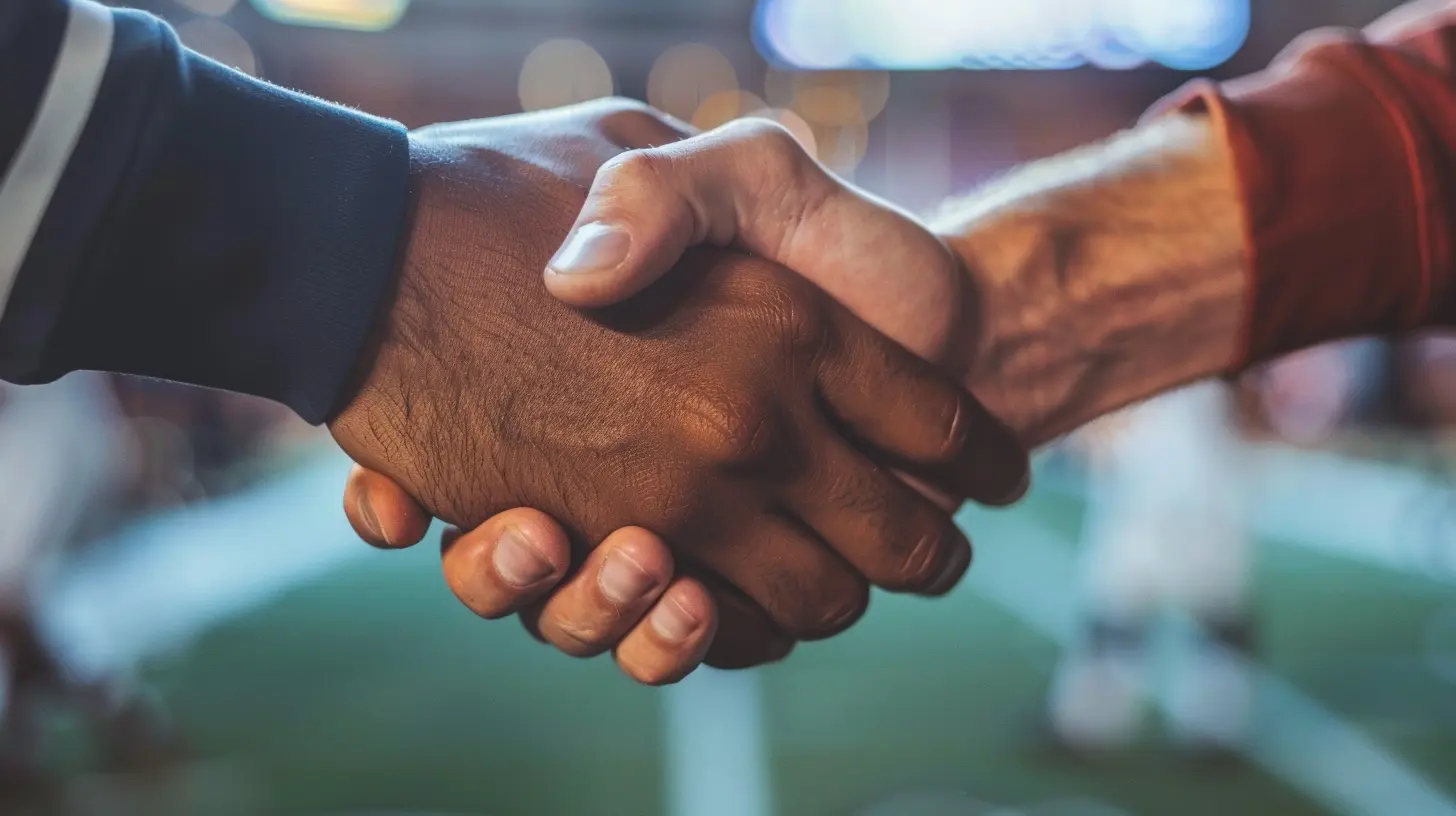
Understanding Player Trades in Professional Sports
Before we get into the nitty-gritty, let’s define what a trade really is. A player trade happens when one team sends a player (or multiple players) to another team in exchange for another player, draft picks, or even cash considerations.Trades aren’t as straightforward as they seem—there's a web of contractual obligations, salary concerns, and league regulations that must be navigated. 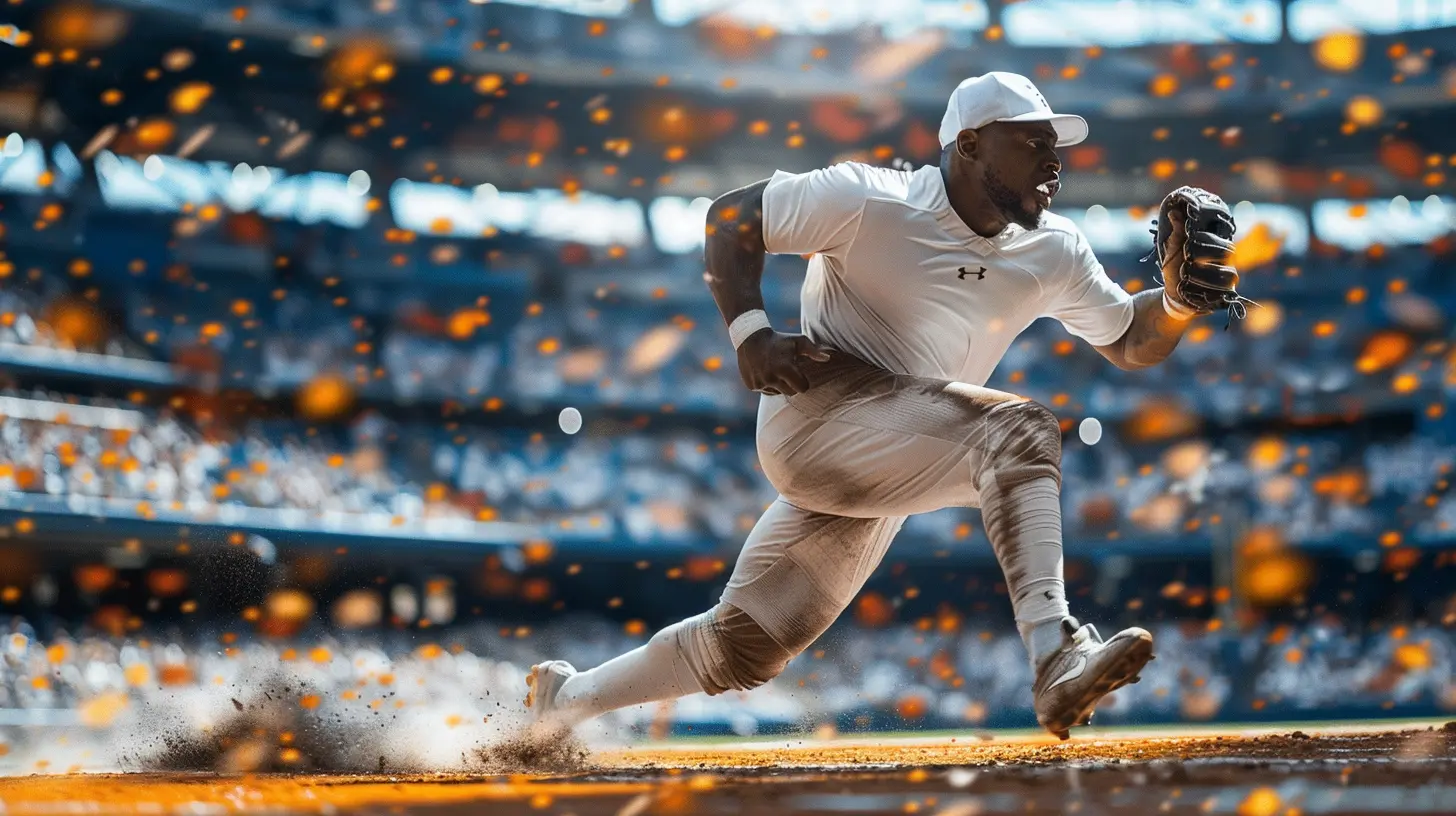
The Role of Contracts in Player Trades
Every professional athlete signs a contract that legally binds them to a team for a specific duration, salary, and set of conditions. But when trades come into play, contracts become a puzzle that teams must solve.Here’s what happens behind the scenes when a player is traded:
1. Transfer of Contractual Obligations
When a trade is executed, the receiving team inherits the player’s contract. That means they’re responsible for honoring the remaining terms—salary, bonuses, and incentives included.However, some contracts contain "no-trade clauses", which allow players to veto any transaction involving them. This gives star athletes leverage to control where they end up.
2. Adjusting for Salary Cap Compliance
Most professional leagues, like the NBA and NFL, have salary caps—a limit on how much a team can spend on player salaries. When a trade happens, teams must ensure they stay within these financial boundaries.If one team is absorbing a big contract, they might have to offload another high-paid player to balance the books. This is why big trades often involve multiple moving parts, including draft picks and cash considerations.
3. Player Buyouts & Renegotiations
Sometimes, a player doesn’t fit well with their new team, or the contract is too burdensome. In such cases, teams may negotiate a buyout, where they pay a portion of the remaining contract to release the player.Once bought out, the player becomes a free agent and can sign with another team, often at a reduced salary. This happens frequently in the NBA when veterans are moved at the trade deadline. 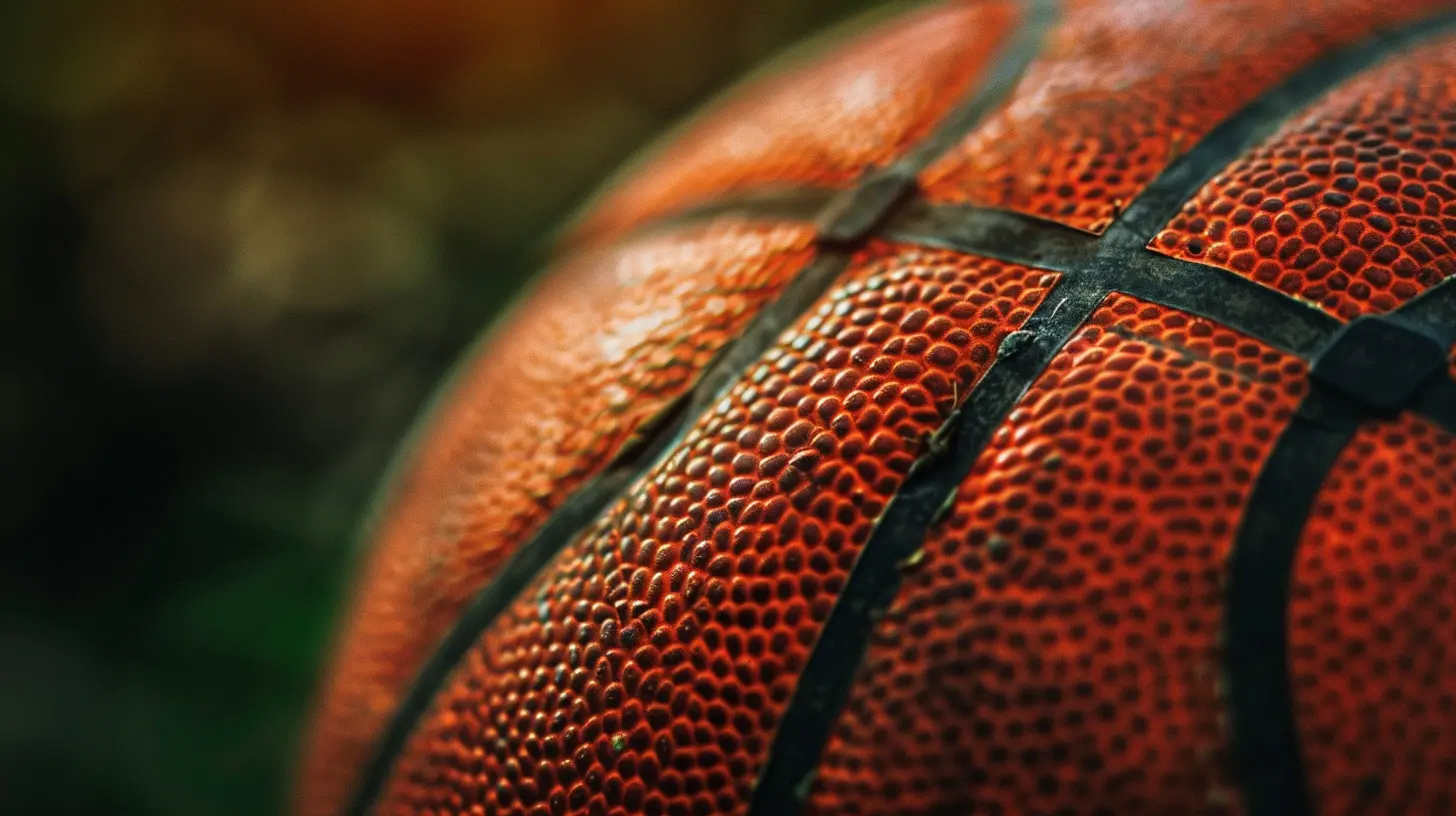
Trade Mechanics: How Do Deals Get Done?
A trade isn’t just a handshake deal—it’s a multi-step process involving agents, league offices, and legal teams.1. Trade Negotiations Begin
Before a trade happens, team executives engage in lengthy discussions. They analyze everything—from player performance and contract details to financial feasibility and team needs.In many cases, trade talks happen weeks before they’re finalized. Some deals fall apart due to disagreements over salary obligations or player preferences.
2. League Approval Process
Once teams agree on a trade, they submit the deal to the league for approval. The league office ensures the trade complies with rules, including salary cap implications and competitive balance concerns.For example, in the NFL, trades must be processed through the league office, while in the NBA, the commissioner has the power to veto trades if they’re deemed unfair.
3. Physicals and Medical Evaluations
Before a trade becomes official, players must undergo a medical examination by their new team’s doctors. If a player has undisclosed injuries, the trade could be voided.We’ve seen cases where blockbuster trades collapsed because a player failed their medical—highlighting just how crucial this step is.
4. Player & Public Announcement
Once a trade is finalized, it's announced to the public, and players are informed. Sometimes, players find out through social media before their team officially notifies them—an unfortunate but common reality in today’s digital era.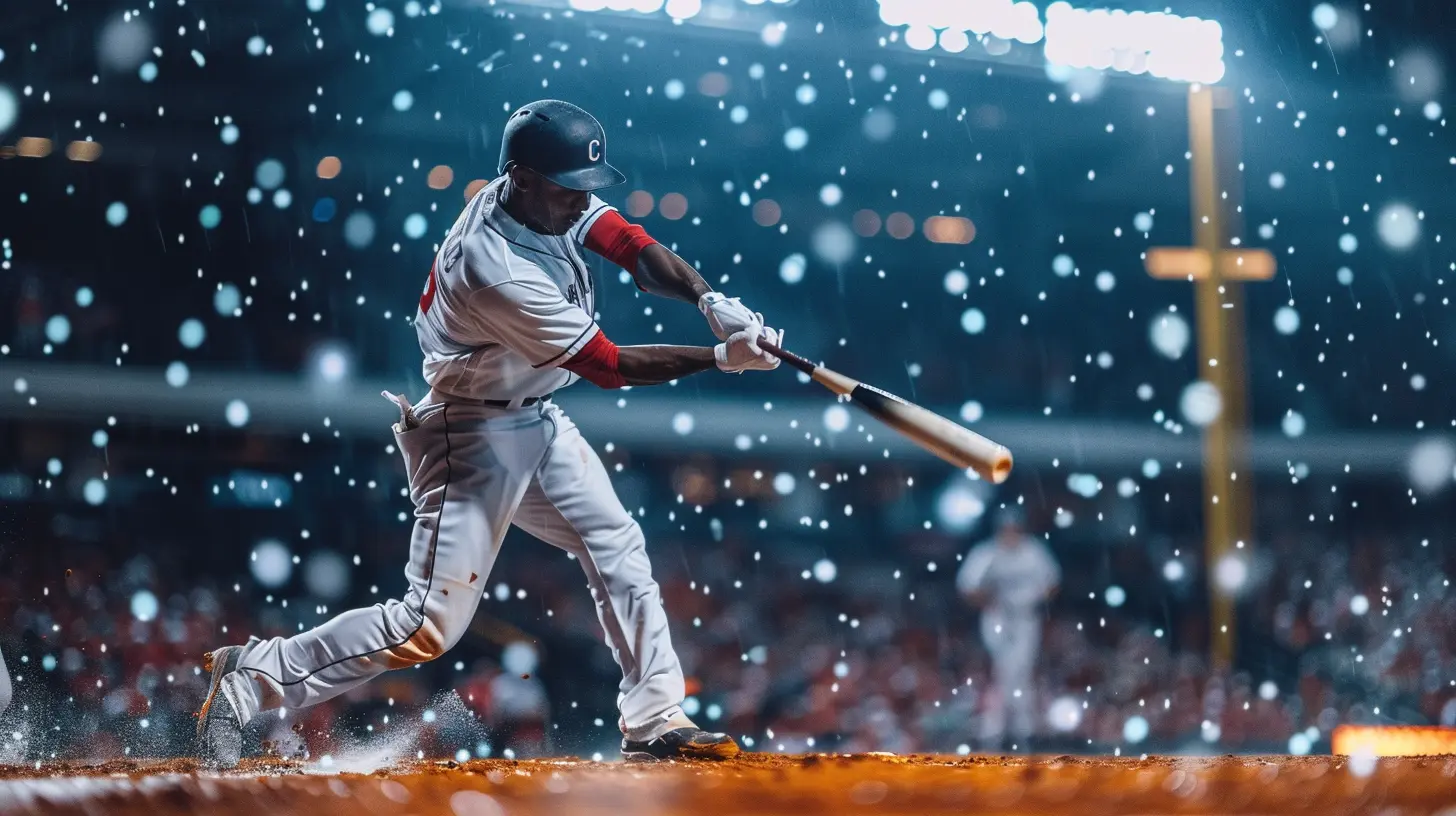
Impact of Player Trades on Teams and Athletes
Trades shake up entire franchises, reshaping rosters, chemistry, and fan expectations. But they also deeply affect the players involved.1. Team Strategies & Roster Adjustments
For teams, trades are about staying competitive—whether selling off assets to rebuild or acquiring superstars to chase championships. One blockbuster trade can change a team’s trajectory overnight.Take the NBA, for instance. When the Lakers traded for Anthony Davis, they shifted from being a mid-tier team to a championship contender the very next season.
2. Player Lifestyle and Career Shifts
For athletes, being traded means uprooting their lives—new cities, new teammates, new systems. It’s not just a career move; it’s a personal one, too.Some players thrive after a trade, unlocking their full potential in a different system. Others struggle to adjust, leading to dips in performance or even early retirements.
3. Fan Reactions & Marketability
Fans develop deep connections with athletes, and when a beloved player is traded, emotions run high. Social media erupts, jerseys are burned, and franchises face immense backlash.On the flip side, a fresh star player can energize a team's fanbase, boost ticket sales, and even increase merchandise revenue.
Famous Trades That Changed Sports History
Some trades don’t just impact teams—they redefine sports history. Here are a few legendary deals:- Wayne Gretzky to the Kings (1988) – The “Great One” leaving Edmonton shocked the hockey world and helped expand the NHL’s presence in the U.S.
- Kobe Bryant Draft-Day Trade (1996) – The Hornets traded Kobe to the Lakers for Vlade Divac. The rest is history.
- Herschel Walker Trade (1989) – This NFL trade led to a dynasty for the Dallas Cowboys, thanks to all the draft picks they received.
- Tom Brady's Exit (2020) – While not a trade, Brady leaving the Patriots for Tampa Bay completely changed the NFL landscape, leading to another Super Bowl win.
These deals prove that trades aren’t just transactions—they can define eras.
Final Thoughts: The Balancing Act of Trades
Player trades are a blend of strategy, financial management, and a little bit of luck. Teams have to juggle salaries, contracts, and long-term planning while managing fan expectations and locker room dynamics.For players, trades can be both a blessing and a curse—sometimes offering new opportunities, other times disrupting careers.
The next time you hear about a blockbuster trade, remember: it’s not just a simple swap. Behind the scenes, lawyers, agents, GMs, and league officials are working tirelessly to make the numbers and logistics add up. And in the end, the right trade can change the fate of an entire franchise.
all images in this post were generated using AI tools
Category:
Sports ContractsAuthor:

Ruben McCloud
Discussion
rate this article
1 comments
Hayden McQuillen
This article provides valuable insights into the complexities of player trades and contract negotiations, shedding light on a critical aspect of sports management.
September 19, 2025 at 4:25 AM

Ruben McCloud
Thank you for your feedback! I'm glad you found the insights on player trades and contract negotiations valuable.
